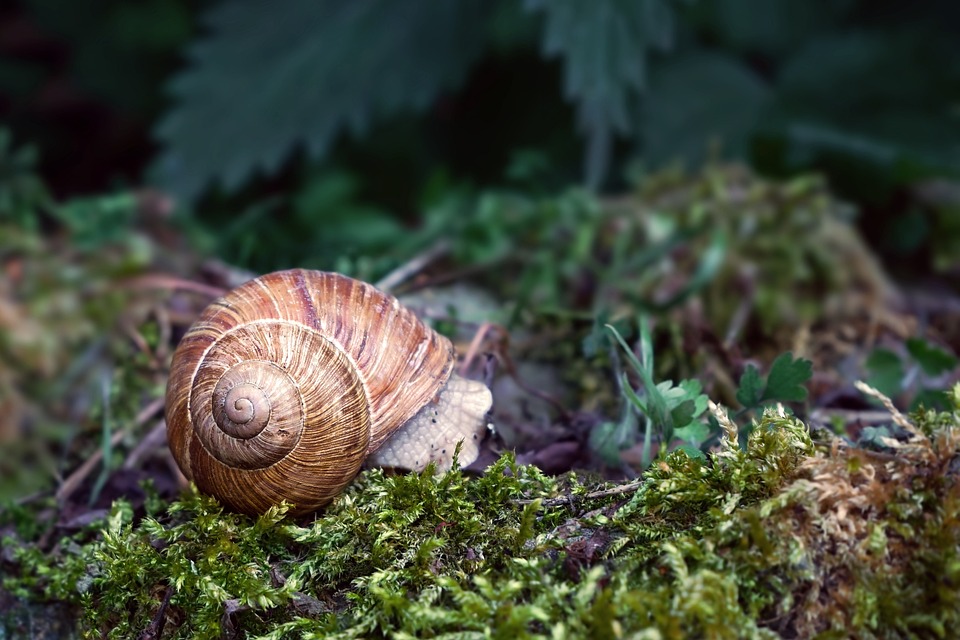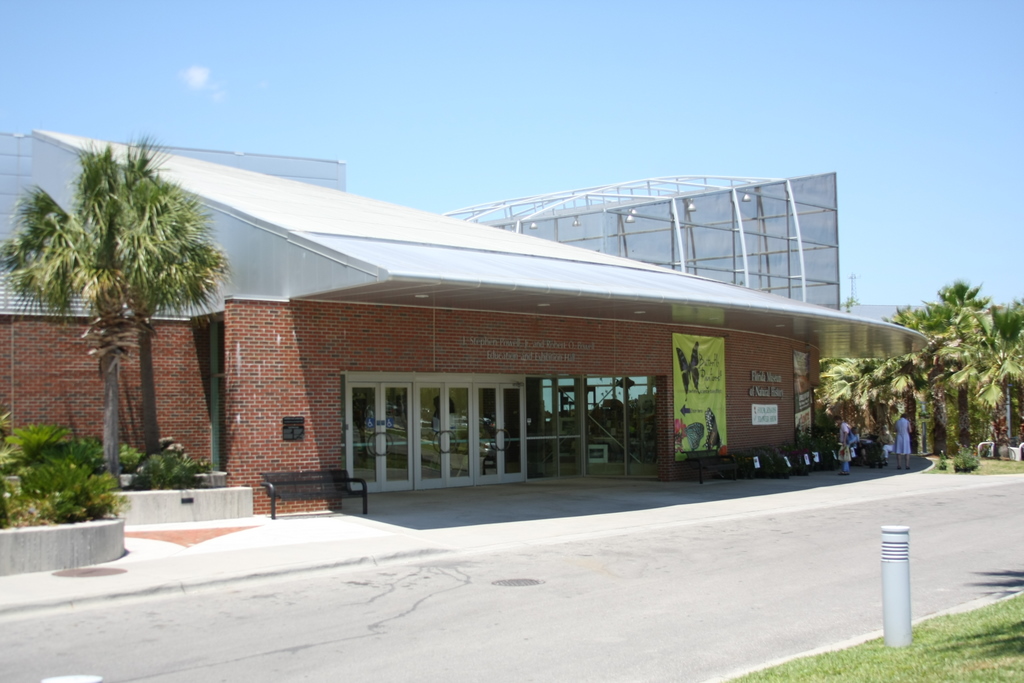The Florida Museum of Natural History (FLMNH) is Florida’s official state-sponsored and chartered natural-history museum. The main public exhibit facility, Powell Hall and the attached McGuire Center is located in the Cultural Plaza, which it shares with the Samuel P. Harn Museum of Art and the Curtis M. Phillips Center for the Performing Arts.
Powell Hall’s permanent public exhibits focus on the flora, fauna, fossils, and historic peoples of the state of Florida. The museum does not charge for admission to most exhibits; the exceptions are the Butterfly Rainforest and certain traveling exhibits.
The Florida Museum has the largest land snail collection in the world from Hispaniola, Mexico-Central America, Pakistan and Thailand, and also has especially large holdings from the southeastern United States, West Indies, Andean South America, Madagascar, SE Asia, and Oceania.

The mollusk collection was initiated through the efforts of T. van Hyning, the first director of the museum, and was small and composed mostly of local taxa until 1965. In 1973, the mollusk collection consisted of 22,174 cataloged lots and ranked 19th in the US. The collection has grown rapidly since, through numerous field surveys and acquisition of relinquished collections.
Since 2000, Malacology has also hosted a growing collection of non-molluscan marine invertebrates. About 100,000 species of mollusks are known, and the collection holds over 30,000 species among 400,000 lots of specimens. Over 300,000 lots are now databased and accessible online. The collection is among the five largest in the US, and one of the most rapidly growing. It is second largest mollusk collection in the world in online accessibility.
The collection is especially strong in regional taxa. Malacology has one of the largest collections of terrestrial and freshwater mollusks from the southeastern US. Overall marine mollusks comprise 38% of cataloged holdings; freshwater species make up 18% and terrestrial taxa 44%. Gastropods comprise 83%, bivalves 16%, while all other mollusk classes combined <1% of the collection. Three-quarters of the collection is from the Western Hemisphere, while 18% is from tropical Australasia and surrounding Pacific and Indian Ocean islands. The mollusk collection has unique strengths in land, freshwater and marine mollusks.
According to en.Wikipedia. Source of photos: internet








